Home>Garden Essentials>What Is The Difference Between Pepitas Vs Pumpkin Seeds
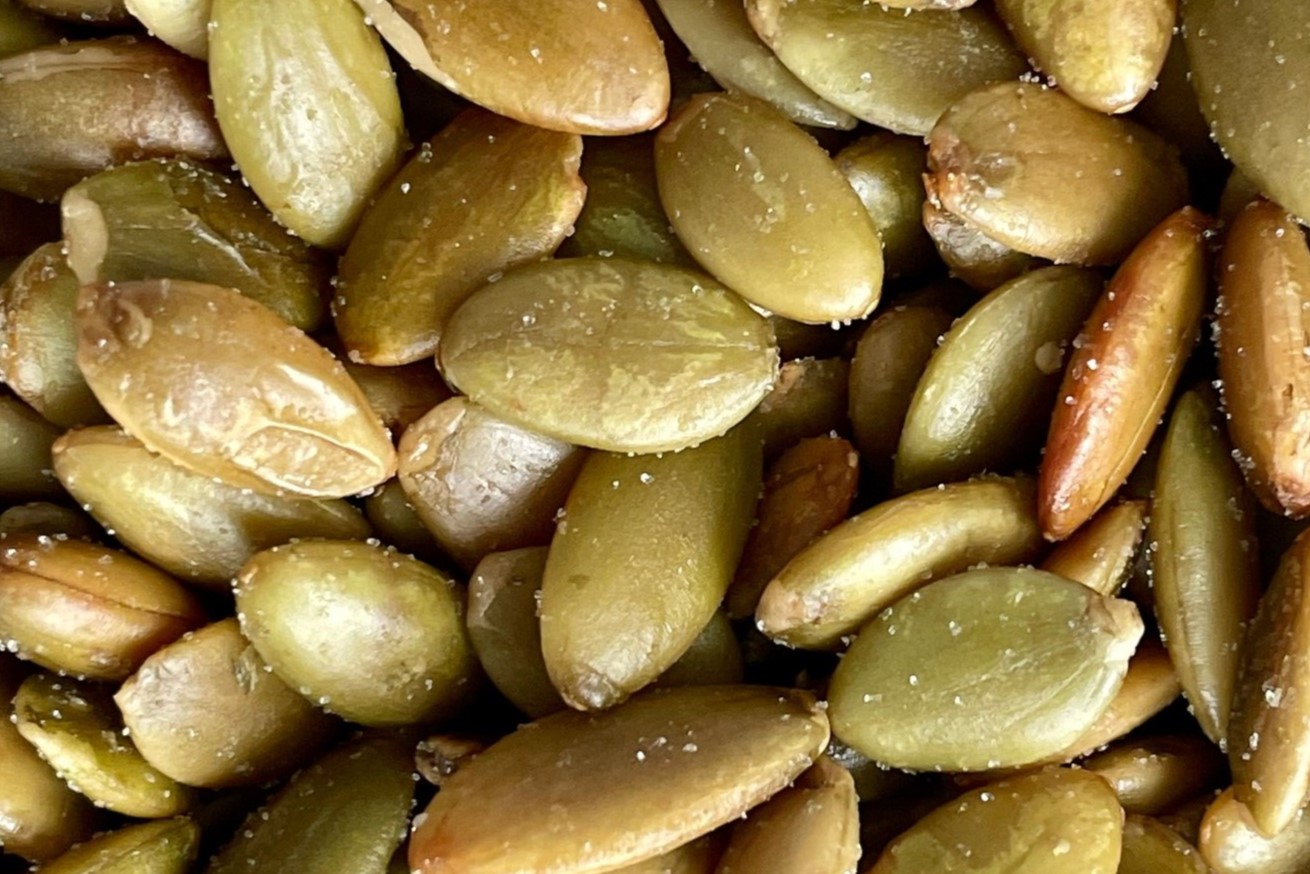

Garden Essentials
What Is The Difference Between Pepitas Vs Pumpkin Seeds
Modified: August 17, 2024
Discover the key distinctions between pepitas and pumpkin seeds for your garden. Learn how to maximize their potential in your gardening endeavors.
(Many of the links in this article redirect to a specific reviewed product. Your purchase of these products through affiliate links helps to generate commission for Storables.com, at no extra cost. Learn more)
Introduction
When it comes to seeds, the world of gastronomy offers a diverse array of options, each with its own unique characteristics and uses. Among these, pepitas and pumpkin seeds stand out as popular choices, often causing confusion due to their similar appearance. However, there are distinct differences between the two that are worth exploring.
In this article, we will delve into the intriguing realm of seeds, shedding light on the disparity between pepitas and pumpkin seeds. From their origins and nutritional profiles to their culinary applications and health benefits, we will uncover the nuances that set these seeds apart. By the end of this journey, you will have a deeper understanding of these tiny yet mighty components of the culinary world. So, let's embark on this enlightening exploration of pepitas and pumpkin seeds, and unravel the fascinating distinctions between them.
Key Takeaways:
- Pepitas and pumpkin seeds may look similar, but they have distinct differences. Pepitas are hulled pumpkin seeds with a delicate, nutty flavor, while pumpkin seeds encompass the entire seed found within the pumpkin, offering a satisfying crunch and rich nutty flavor.
- Both pepitas and pumpkin seeds are rich in essential nutrients, including protein, healthy fats, and minerals like magnesium, zinc, and iron. They can be enjoyed in a variety of dishes, from savory to sweet, and offer numerous health benefits, supporting overall well-being.
What Are Pepitas?
Pepitas, also known as pumpkin seeds, are the hulled seeds of certain varieties of pumpkins, particularly the Styrian pumpkin (Cucurbita pepo var. styriaca). These seeds have been cherished for centuries, with their origins tracing back to the ancient Aztecs, who referred to them as “pepitzah.” The word “pepita” itself is derived from the Spanish phrase “pepita de calabaza,” which translates to “little seed of squash.”
These petite, flat, and dark green seeds are encased in a white outer shell, which is removed to reveal the edible kernel within. Pepitas boast a delicate, nutty flavor with a subtly sweet undertone, making them a versatile ingredient in various culinary applications.
Rich in essential nutrients, pepitas are a plentiful source of protein, healthy fats, fiber, and a wide array of vitamins and minerals. They are particularly renowned for their high content of zinc, magnesium, and iron, which are integral for maintaining overall health and well-being. These seeds are often enjoyed roasted and seasoned, adding a delightful crunch and depth of flavor to dishes.
From savory dishes such as salads, soups, and pesto to sweet treats like granola and baked goods, pepitas lend a delightful texture and nutritional boost to a myriad of recipes. Additionally, they can be ground into a creamy and luscious pumpkin seed butter, offering a delectable alternative to traditional nut butters for those with nut allergies or dietary preferences.
Whether enjoyed as a standalone snack or incorporated into diverse culinary creations, pepitas continue to captivate taste buds and nourish bodies with their remarkable nutrient profile and culinary versatility.
What Are Pumpkin Seeds?
Pumpkin seeds, the unsung heroes of autumn harvests, are the edible seeds found within the flesh of pumpkins, a beloved symbol of the fall season. These seeds, also known as “pepitas” in some regions, are nestled within the fibrous core of the pumpkin and are typically white or cream-colored, with a smooth, oval shape.
With a rich history dating back thousands of years, pumpkin seeds have been treasured for their nutritional richness and culinary versatility. They are revered for their distinct nutty flavor and are celebrated as a wholesome snack and a valuable ingredient in a wide range of dishes.
These seeds are a nutritional powerhouse, packed with essential nutrients such as protein, fiber, healthy fats, and an array of vitamins and minerals. They are particularly renowned for their high levels of magnesium, zinc, and iron, all of which play crucial roles in supporting overall health and vitality.
Pumpkin seeds are often enjoyed roasted and seasoned, enhancing their natural nuttiness and creating a satisfying crunch. They can be sprinkled over salads, soups, and yogurt, adding a delightful texture and a nutritional boost to these dishes. Additionally, they are a popular inclusion in granola, trail mixes, and baked goods, imparting a wholesome flavor and nutritional depth.
Furthermore, pumpkin seeds can be transformed into luscious and creamy pumpkin seed butter, offering a delectable alternative to traditional nut butters for those with dietary restrictions or preferences. Their versatility extends to both sweet and savory recipes, making them a beloved and indispensable ingredient in the culinary world.
Whether enjoyed as a standalone snack, a flavorful topping, or a key component in culinary creations, pumpkin seeds continue to captivate palates and enrich dishes with their remarkable nutrient profile and culinary adaptability.
Nutritional Differences
While pepitas and pumpkin seeds may appear similar at first glance, their nutritional compositions reveal distinct differences that set them apart in terms of their health benefits. Understanding these disparities can guide individuals in making informed dietary choices and harnessing the unique nutrients offered by each type of seed.
Pepitas, being the hulled seeds of certain pumpkin varieties, are renowned for their rich reserves of essential nutrients. They are notably packed with protein, healthy fats, and dietary fiber, making them a satiating and nourishing addition to meals and snacks. Additionally, pepitas are a plentiful source of key minerals such as magnesium, zinc, and iron, which play pivotal roles in supporting immune function, energy production, and overall well-being.
On the other hand, pumpkin seeds, encompassing the entire seed found within the pumpkin, boast a similar nutritional profile, with a focus on their abundant reserves of protein, healthy fats, and dietary fiber. They are also revered for their high levels of magnesium, zinc, and iron, which contribute to their role as a valuable source of essential minerals.
Despite these similarities, the key distinction lies in the presence of the seed’s outer shell. Pepitas, having been hulled, exhibit a slightly lower fiber content compared to whole pumpkin seeds. This disparity in fiber content may influence their respective impacts on digestive health and satiety, with whole pumpkin seeds potentially offering a more substantial fiber boost.
Furthermore, the removal of the outer shell renders pepitas marginally lower in zinc content compared to pumpkin seeds. Zinc is a vital mineral known for its role in immune function, wound healing, and metabolism, making it an essential component of a balanced diet. As such, individuals seeking to optimize their zinc intake may find whole pumpkin seeds to be a slightly more concentrated source of this crucial mineral.
Ultimately, both pepitas and pumpkin seeds offer a wealth of nutritional benefits, each with its own unique strengths. Whether one opts for the hulled pepitas or the whole pumpkin seeds, incorporating these nutrient-dense seeds into one’s diet can contribute to a well-rounded and healthful approach to nutrition.
Pepitas are the inner, green seeds of a pumpkin, while pumpkin seeds refer to the entire seed, including the white outer shell. Pepitas are smaller, greener, and more tender, while pumpkin seeds are larger, white, and have a harder texture.
Culinary Uses
Pepitas and pumpkin seeds, with their delightful nutty flavor and wholesome nutritional profile, are prized ingredients in a diverse array of culinary creations, adding both texture and nutritional depth to an assortment of dishes.
Pepitas, having been hulled to reveal the edible kernel within, are a versatile addition to both savory and sweet recipes. These petite, flat, and dark green seeds lend a delightful crunch and subtle nuttiness to an assortment of dishes. They are commonly enjoyed roasted and seasoned, enhancing their flavor and creating a satisfying snack. In the realm of savory cuisine, pepitas are often sprinkled over salads, soups, and grain bowls, offering a pleasing textural contrast and a nutritional boost. They can also be ground into a creamy and luscious pumpkin seed butter, providing a delectable alternative to traditional nut butters for those with dietary restrictions or preferences. In the realm of sweet treats, pepitas are frequently incorporated into granola, baked goods, and energy bars, imparting a delightful crunch and a dose of wholesome nutrition.
Pumpkin seeds, encompassing the entire seed found within the pumpkin, are equally versatile in the culinary sphere. These seeds, with their rich nutty flavor and satisfying crunch, are often enjoyed roasted and seasoned, making for a delightful standalone snack. They are also a popular inclusion in salads, soups, and grain-based dishes, adding a wholesome texture and a nutritional boost to these culinary creations. Furthermore, pumpkin seeds are a beloved component of granola, trail mixes, and baked goods, contributing a delightful nuttiness and a wealth of essential nutrients to these delectable treats.
Both pepitas and pumpkin seeds can be incorporated into an assortment of recipes, including pesto, dips, and spreads, enhancing the flavor and nutritional profile of these culinary delights. Their adaptability in both savory and sweet applications makes them invaluable ingredients, offering a delightful textural element and a nutritional richness that elevates a wide range of dishes.
Whether enjoyed as a standalone snack, a flavorful topping, or a key component in culinary creations, pepitas and pumpkin seeds continue to captivate palates and enrich dishes with their remarkable culinary adaptability and nutritional prowess.
Health Benefits
Both pepitas and pumpkin seeds offer an array of health benefits, owing to their rich nutritional profiles and unique composition of essential nutrients. Incorporating these seeds into one’s diet can contribute to overall well-being and support various aspects of health.
One notable health benefit of pepitas and pumpkin seeds is their high protein content, making them a valuable source of this essential macronutrient. Protein plays a crucial role in supporting muscle health, tissue repair, and the production of enzymes and hormones, making it an integral component of a balanced diet.
Furthermore, these seeds are abundant in healthy fats, including monounsaturated and polyunsaturated fats, which are known for their role in promoting heart health and supporting optimal cholesterol levels. The presence of these beneficial fats makes pepitas and pumpkin seeds a heart-healthy addition to meals and snacks, offering a source of nourishment that aligns with cardiovascular wellness.
Both pepitas and pumpkin seeds are rich in dietary fiber, which plays a pivotal role in supporting digestive health, promoting satiety, and aiding in the maintenance of a healthy weight. The inclusion of these fiber-rich seeds in one’s diet can contribute to a well-rounded approach to nutrition and digestive wellness.
Moreover, pepitas and pumpkin seeds are abundant in essential minerals such as magnesium, zinc, and iron, each of which carries its own set of health benefits. Magnesium is known for its role in supporting bone health, muscle function, and nerve function, while zinc plays a crucial role in immune function, wound healing, and metabolism. Iron is essential for the production of hemoglobin and the transport of oxygen throughout the body, making it integral for overall vitality and well-being.
Additionally, the presence of antioxidants in these seeds further enhances their health-promoting properties, offering protection against oxidative stress and supporting cellular health. These antioxidants play a role in reducing inflammation and combating oxidative damage, contributing to the seeds’ potential in promoting overall health and well-being.
By harnessing the health benefits of pepitas and pumpkin seeds, individuals can cultivate a nutrient-rich and healthful approach to their dietary habits, reaping the rewards of these wholesome and versatile seeds in supporting their overall wellness.
Conclusion
As we conclude our exploration of pepitas and pumpkin seeds, it becomes evident that these humble yet mighty seeds offer a treasure trove of culinary delights and healthful benefits. While their similarities may lead to confusion, understanding the nuances that set them apart enriches our appreciation for these nutritional powerhouses.
From their origins rooted in ancient civilizations to their modern-day prominence in gastronomy, pepitas and pumpkin seeds have stood the test of time, captivating taste buds and nourishing bodies with their remarkable attributes. Their rich nutty flavor, culinary adaptability, and robust nutritional profiles make them indispensable components of diverse cuisines and dietary regimens.
Whether enjoyed as a crunchy snack, a flavorful topping, or a key ingredient in culinary creations, pepitas and pumpkin seeds continue to weave their magic, adding both texture and nutritional depth to an array of dishes. Their role in supporting overall health and well-being further solidifies their status as dietary staples, offering a wealth of essential nutrients and health-promoting properties.
As we part ways with this enlightening journey through the realm of seeds, let us carry forth a newfound appreciation for the distinct qualities of pepitas and pumpkin seeds. May we savor their nutty goodness, harness their healthful attributes, and continue to explore the boundless culinary possibilities they offer. Whether in a savory dish or a sweet indulgence, these seeds will undoubtedly continue to leave a lasting impression on our palates and our well-being, enriching our culinary experiences and nourishing us in more ways than one.
So, let us celebrate the remarkable diversity and nourishing prowess of pepitas and pumpkin seeds, embracing their unique virtues and allowing them to infuse our culinary endeavors with their timeless charm and wholesome goodness.
Frequently Asked Questions about What Is The Difference Between Pepitas Vs Pumpkin Seeds
Was this page helpful?
At Storables.com, we guarantee accurate and reliable information. Our content, validated by Expert Board Contributors, is crafted following stringent Editorial Policies. We're committed to providing you with well-researched, expert-backed insights for all your informational needs.
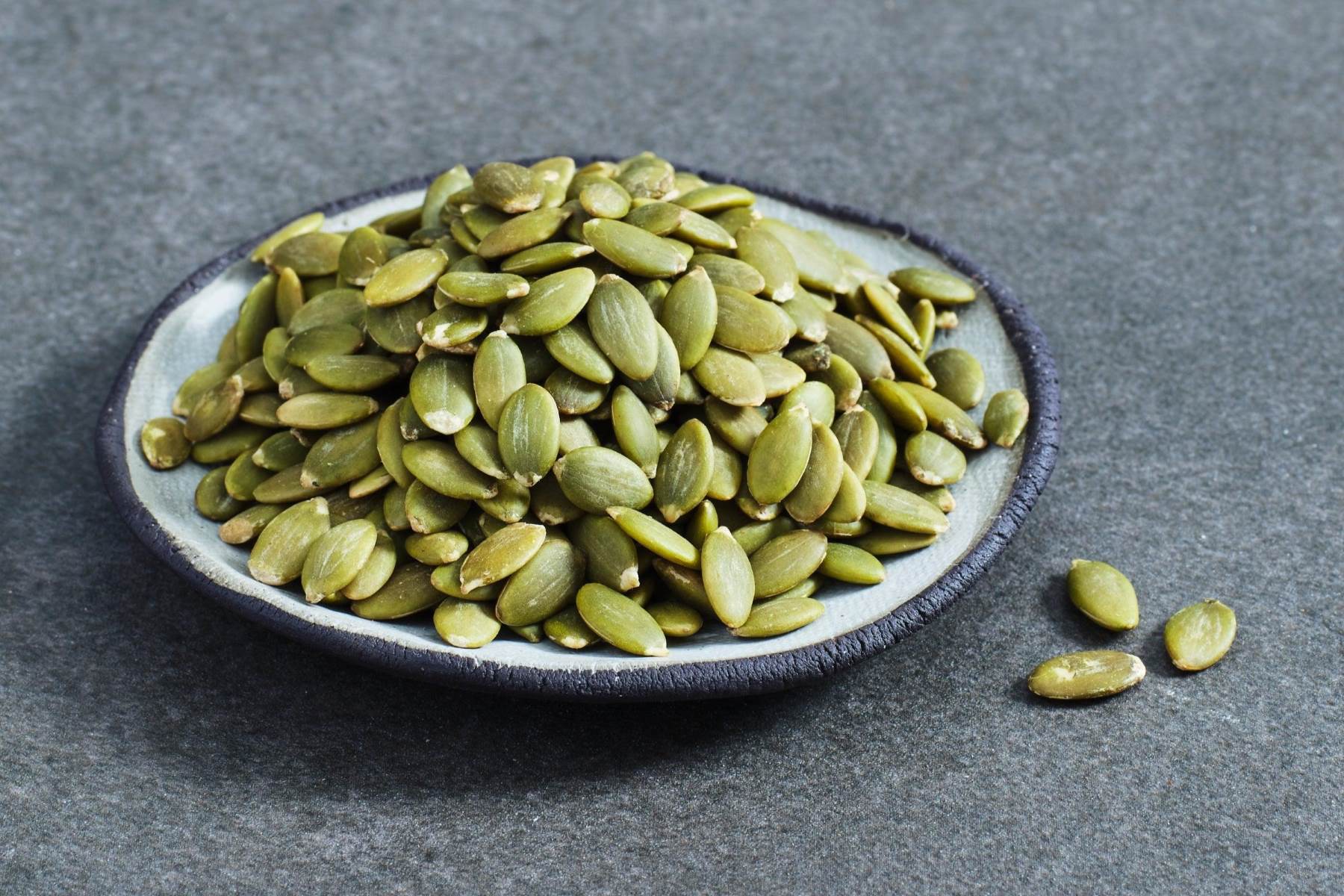
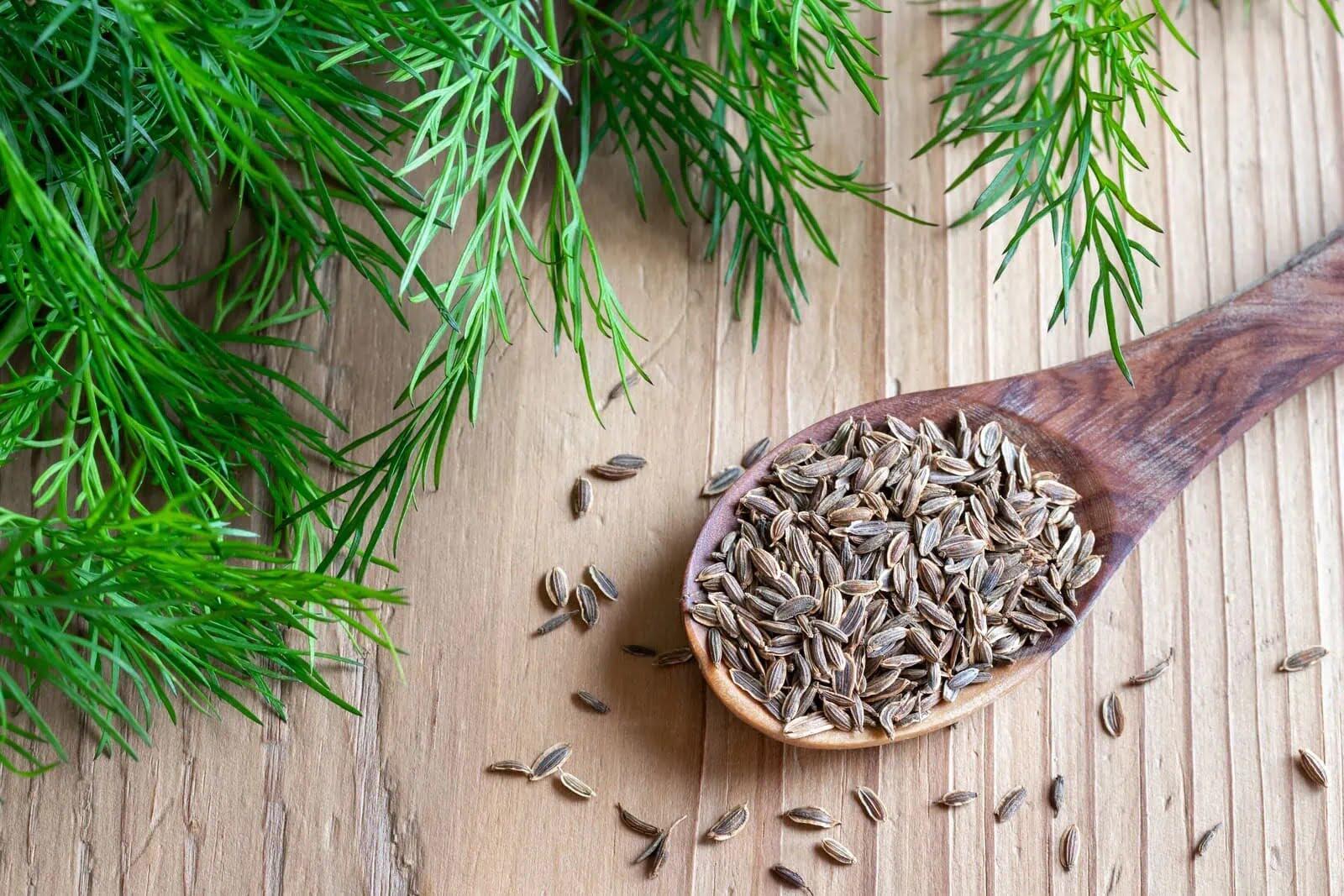

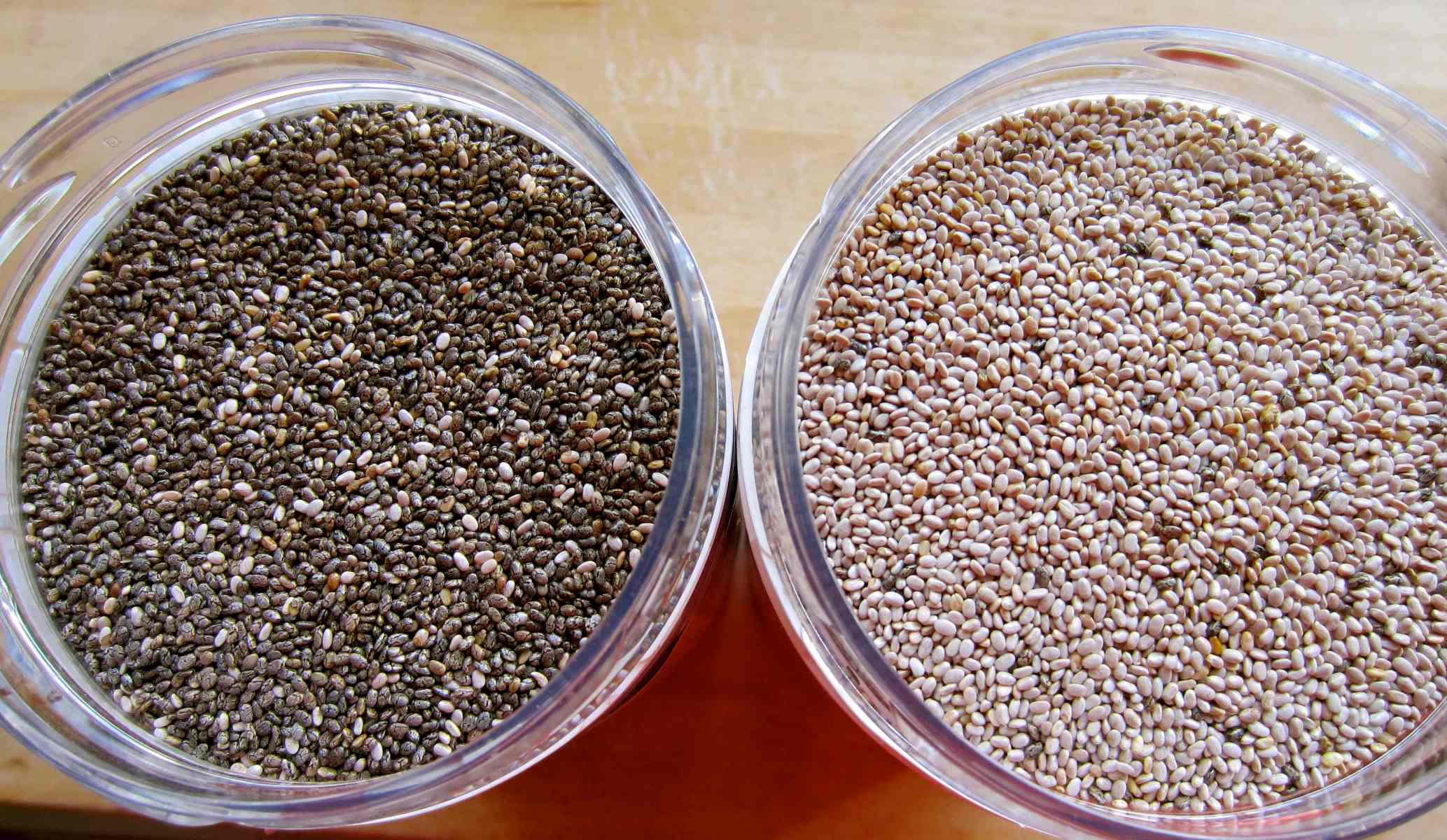
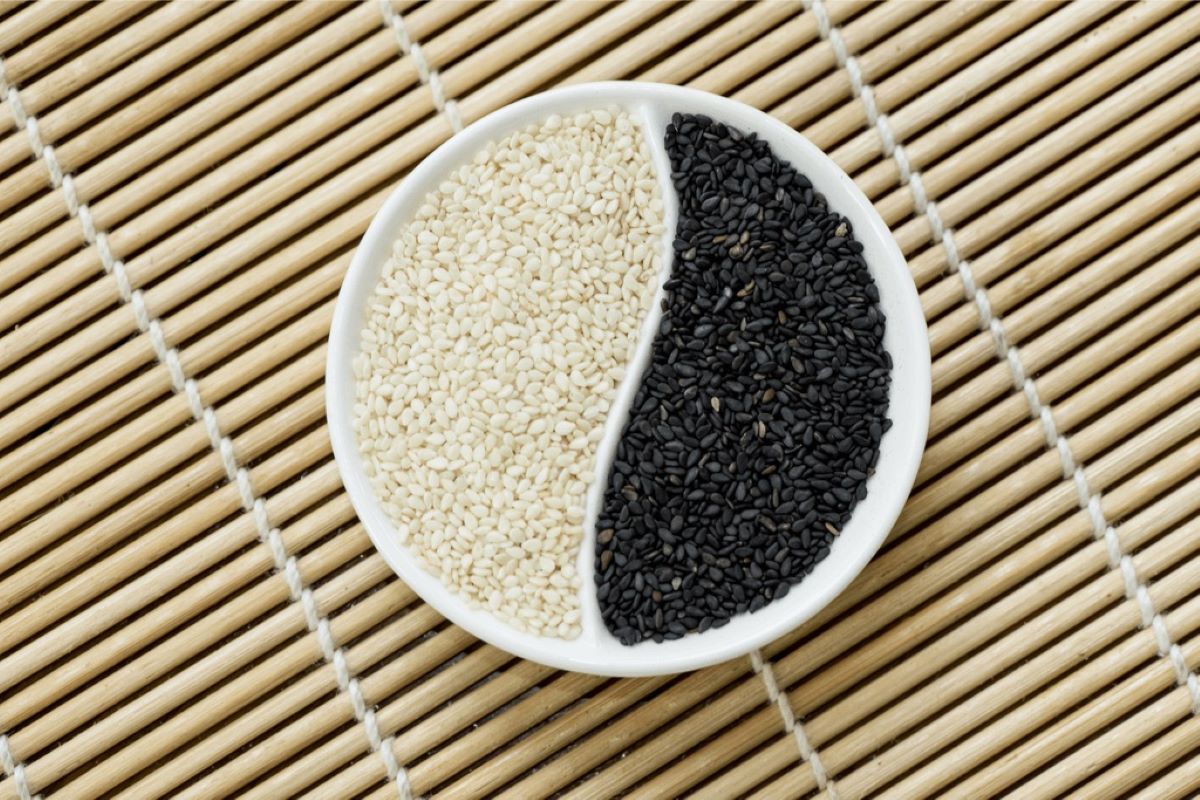
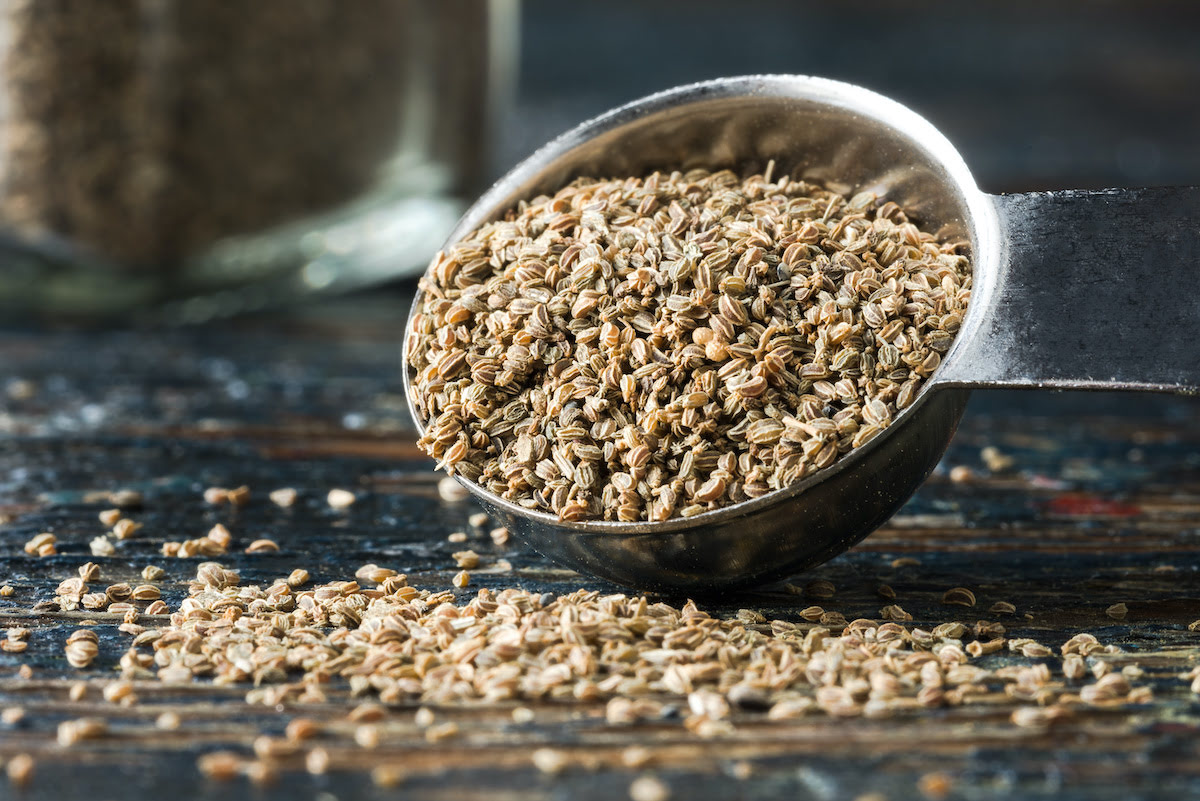
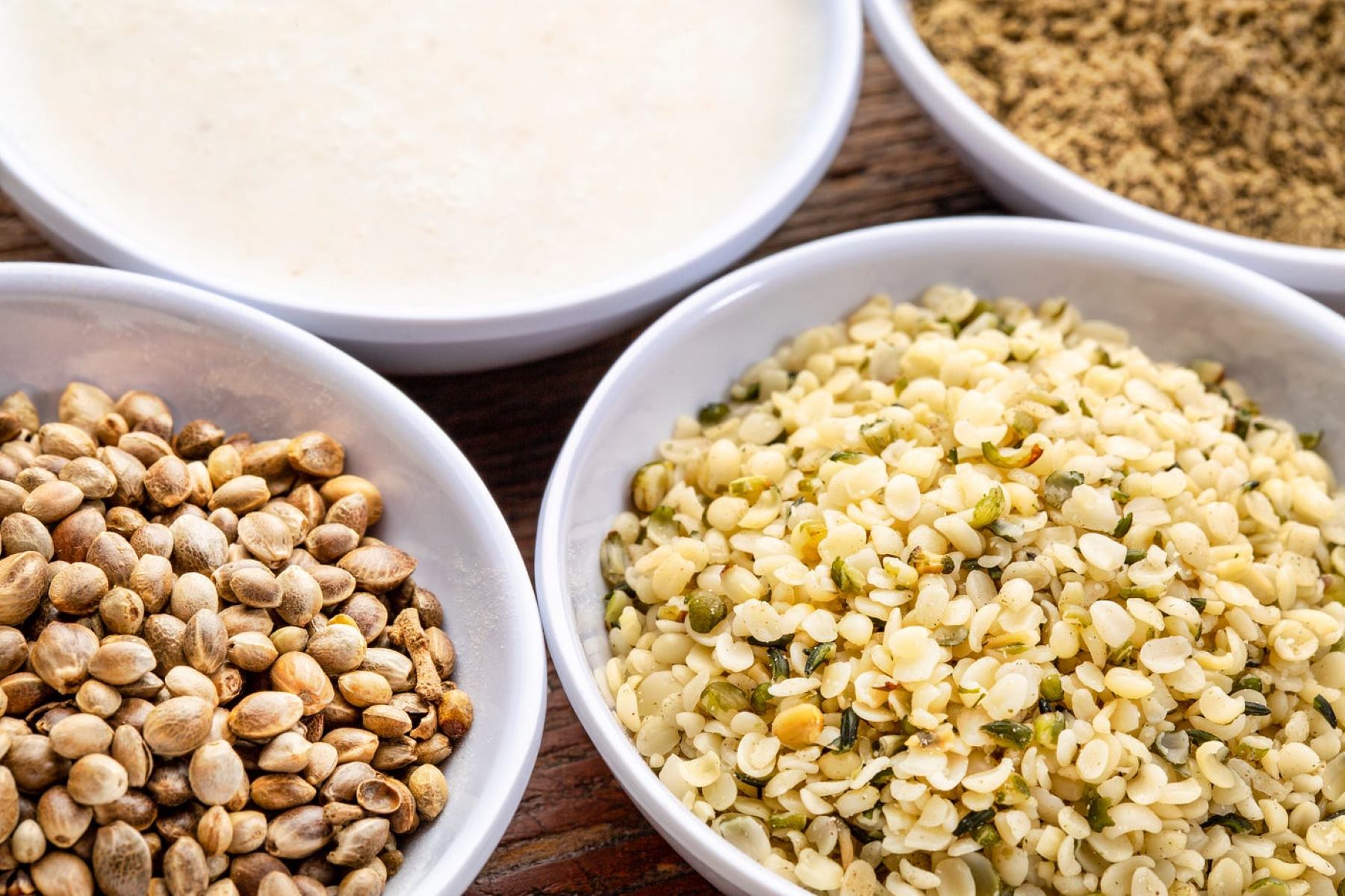



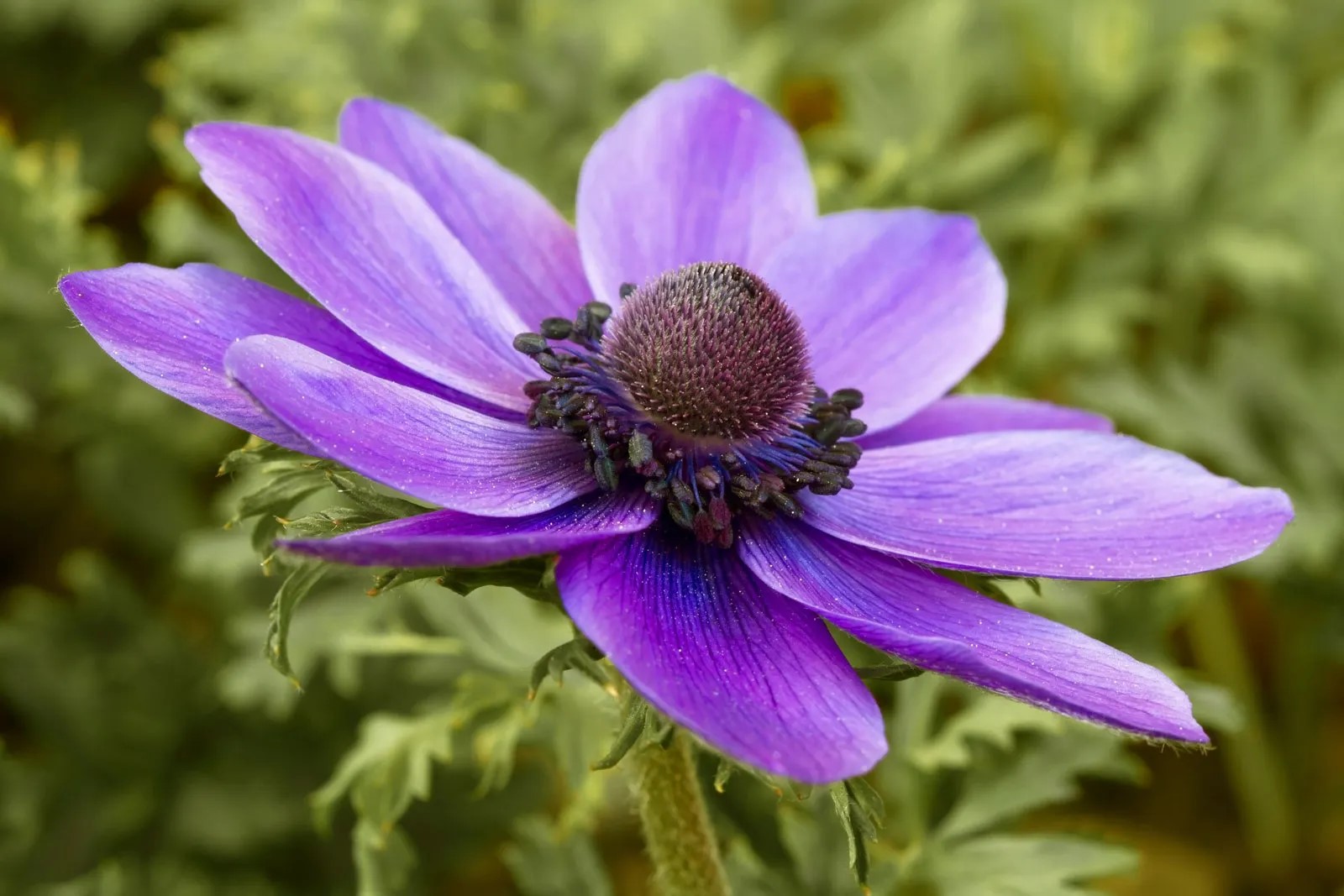

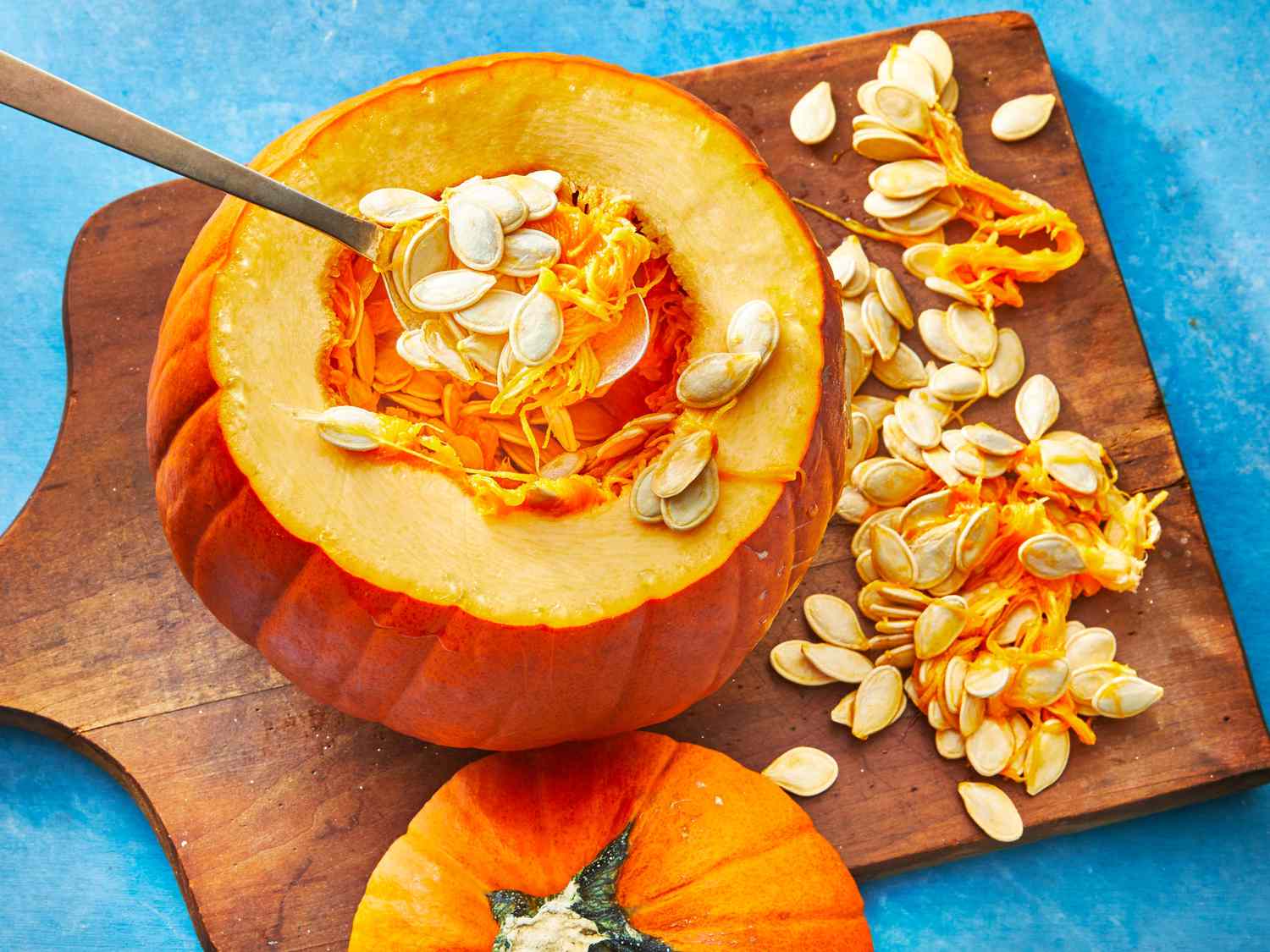


0 thoughts on “What Is The Difference Between Pepitas Vs Pumpkin Seeds”